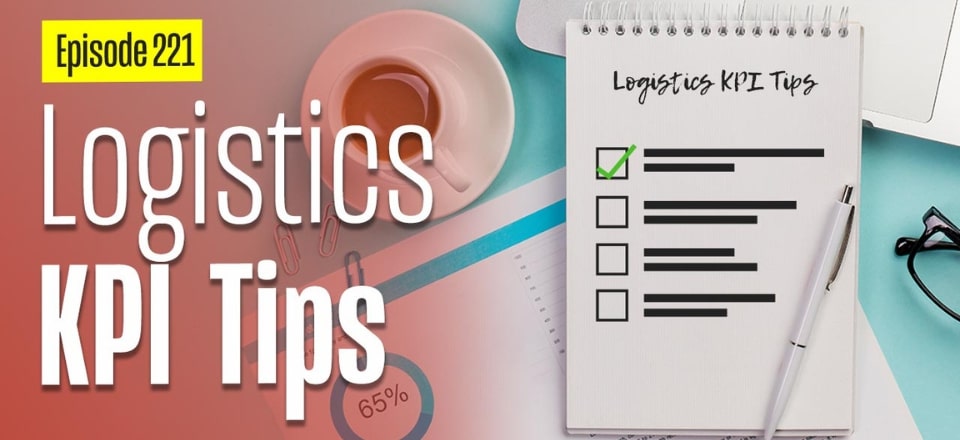Logistics KPIs, also known as Key Performance Indicators, remain a widely discussed and crucial subject.
Let’s explore common pitfalls that individuals frequently encounter when handling logistics KPIs. Additionally, I’ll guide you in streamlining your approach to KPIs.
Be sure to watch the entire video to identify and avoid these mistakes.
Here’s the link to Audit your Warehouse: Boost Your Warehouse Performance
Many people seeks guidance on which specific logistics KPIs to measure in various aspects of their operations, such as warehouses, transport, and inventory management. While I’ll provide some valuable links to specific KPIs later, my primary goal this week is to address common mistakes and help simplify your approach to logistics KPIs.
Avoid Having Too Many KPIs
A common pitfall is having an excessive number of KPIs. I recommend limiting yourself to three or four KPIs per organizational level. For instance, if you manage a warehouse, focus on three or four key performance indicators. Similarly, if you’re managing a specific function within a large warehouse, aim for three or four relevant KPIs. For a distribution manager, three or four KPIs encompassing warehousing, transport, and other areas are ideal. The problem often arises when senior managers aren’t provided with appropriate KPIs. An MD or CEO, for example, doesn’t need to know case picking rates in the warehouse; they’re more interested in higher-level KPIs like warehouse cost as a percentage of sales or transport cost per drop. Tailoring logistics KPIs to the management level and avoiding an overload is crucial.
Measure the Right Things
Another issue is not measuring the right things. The saying “what gets measured gets managed” holds true. Focus on outcomes you want to achieve. In a warehouse setting, if your goal is increased productivity, measure picking rates, cost per order dispatched, and similar metrics. Evaluate your current KPIs and ask if they contribute to your goals and drive the right behaviors. KPIs should not only measure progress but also encourage behaviors that align with your objectives. A past example that sticks with me involved a large company measuring the number of cartons processed through distribution centers, which led to inappropriate behaviors like routing products unnecessarily through warehouses to boost carton counts. Ensure your logistics KPIs drive the behaviors you want.
I’m not diving into specific KPIs here, but I’ll share several useful information in the video. Supply Chain Secrets created a playlist of KPI-related videos. A category link to KPI articles on the Logistics Bureau blog are also given below. There’s plenty of information available, so take advantage of these resources.
I’d love to hear your thoughts on the best logistics KPIs you’ve used and any mistakes you’ve observed. If you have KPI-related questions, feel free to ask in the comments. Looking ahead, I’ll mention a special offer from Logistics Bureau for a quick audit of your warehouse’s performance, which could be beneficial for planning improvements.
Here’s the link: Boost Your Warehouse Performance
Related articles on this topic have appeared throughout our website, check them out:
- The Best KPI: The Probability of a Perfect Order
- KPIs for Your Warehouse: How to Choose and Use Them
- KPI Key Performance Indicators in Supply Chain & Logistics
- The Big List of Supply Chain KPI Mistakes to Avoid
Editor’s Note: The content of this post was originally published on Logistics Bureau’s website dated January 24, 2024, under the title “Logistics KPI Tips – Key Performance Indicators“.


